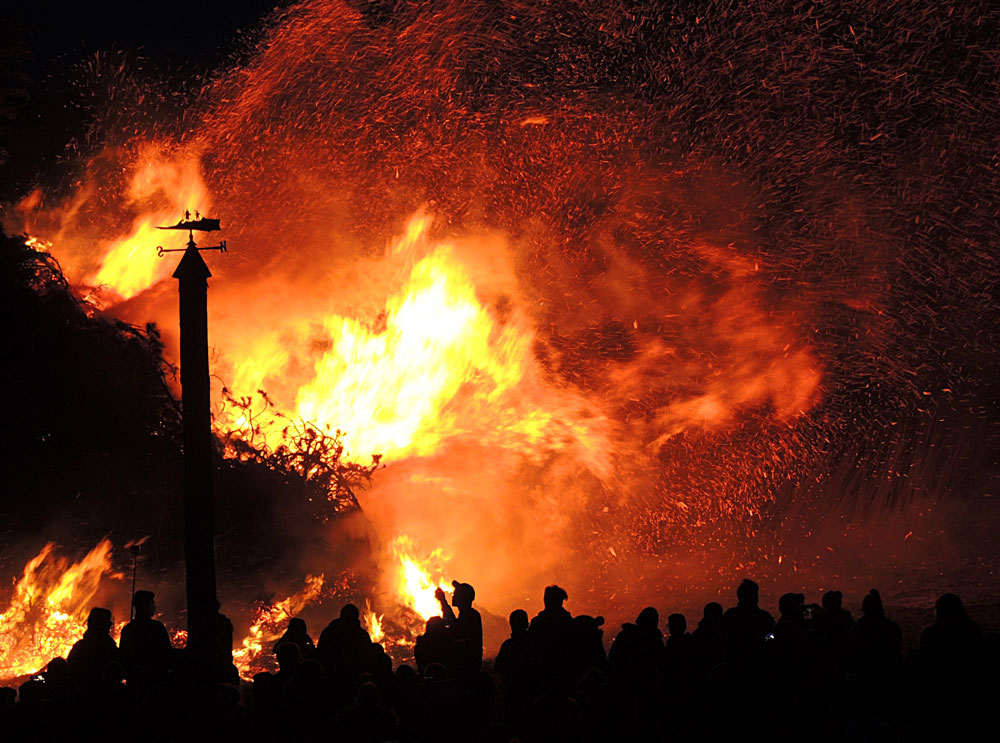Every year natural disasters and extreme weather take a devastating toll on homes, land, and people around the world. Heatwaves, wildfires, landslides, droughts, earthquakes, and tsunamis are a particular threat to Southern California. The aftermath can be devastating. Buildings and homes can be easily toppled or destroyed; lives ruined or worst, lost.

Within the last three years, there have been 44, billion-dollar-plus disaster events according to the National Oceanic and Atmospheric Administration (NOAA). Cost estimates top $152 billion per year in total losses. Designing and building resilient homes that are resistant to natural disasters and their climate impacts must be the focus of our efforts in the continued development of Southern California. We know how to mitigate the risks and the building sciences have advanced greatly over the last several decades to give us smart solutions. Designing for resilience is an important way to ensure that we are prepared for the impacts of severe weather. Thoughtful planning and design can prevent natural disasters and extreme weather from destroying your home and community.
Extreme Heat, Wildfires, and Drought
Simple, sustainable construction techniques can be a proactive step homeowners, architects, and builders can take to keep homes and the people who live in them safe. Homeowners can use high-reflectivity roofing materials that reduce the heat gain in a building. Plywood roof decking with radiant barrier can be used on new construction or radiant barrier that comes in large rolls can be added in retrofits and remodels. Products such as these that meet the Cool Roof Rating Council’s standards will improve the comfort within the home and reduce the demand on the electrical grid. Using glass windows and doors with a lower solar heat gain coefficient, specifically on the east and west facing sides of the home, can reduce heat gain. Exterior shading devices like roof overhangs and crates can also minimize solar heat gain.
It is critical to provide an airtight building with controlled ventilation that is well insulated to limit the airflow escaping through the building envelope during a heatwave. This can protect your home against extreme heat conditions and can save energy; again reducing the burden on the electrical grid. Air-tight construction and sealing the building envelope also protects occupants from smoke during wildfire events. Seasonal wildfires threaten the lives of those in the path of the fires and can lead many occupants to sheltering indoors when the outdoor air is not safe to breathe. Homes that are designed with quality ventilation systems and proper filtration will allow occupants to continue to shelter indoors in safe conditions. While indoor air quality will greatly improve through filtration and prevention of contamination, even a well-designed home must have regular maintenance to ensure that the system continues to operate as intended.
Green roofs or planting vegetation on the roof or walls can also be a cooling solution, as well as a fire retardant. Lush foliage is less likely to catch on fire versus traditional roofing materials. Built-in sprinkler and watering systems for green roofs can be used for fire suppression. Organization makes a difference too by keeping flammable materials and debris away from the home. Consider a fire circle around the perimeter of your home.
Water catchment systems can be discreetly built into new homes. Roofs and gutter systems can be used to route water into tanks. Above ground or underground tanks can store thousands of gallons of water for general household usage (with proper filtration) and can be used for gardening, as well as fire suppression. Underground springs and wells in more remote locations can also be a natural source of water to combat droughts and wildfires.
Landslides, Tsunamis, Earthquakes
Proper site selection and site planning can help reduce the risk of landslides. However, many times optimal views and project limitations mean we want to place the home on what could be considered more dangerous terrain. Therefore, it is important to work with the contours of the land to find the best position to reconcile all of the needs. Landscaping then becomes an essential part of the plan for earth stabilization. Thoughtful selection of plants to choose species that have root systems that better stabilize the soil and prevent erosion. In addition, certain soils resist landslides better than others, and the implementation of geotextiles can help improve a soil’s performance. Planting trees and other plants can help defend against mudslides, which can occur with excessive rain during a tsunami. Vegetation around the home also has the added environmental benefit creating habitat for wildlife.
Proven construction techniques for foundations and footers help to prevent landslides. These undergirded systems also have the flexibility to move and sway during earthquakes. Advancements in this technology have had a substantial impact on reducing the effects of earthquakes. These systems are to be used not only in the home structure, but also in outdoor living designs, such as pools and patios, securing the entire property.
Thoughtful preparation and planning along with practical construction techniques can help better protect homeowners from the worst effects of severe weather and natural disasters. However, preparation and building for resiliency alone is not enough. If we want to try to decrease the frequency and severity of such events, seeking environmentally-friendly solutions to protect our homes is only one way we can all contribute. Proper forest management, much needed updates to the California electrical grid, investments in clean-green energy, and responsible consumerism are just a few of the options.





